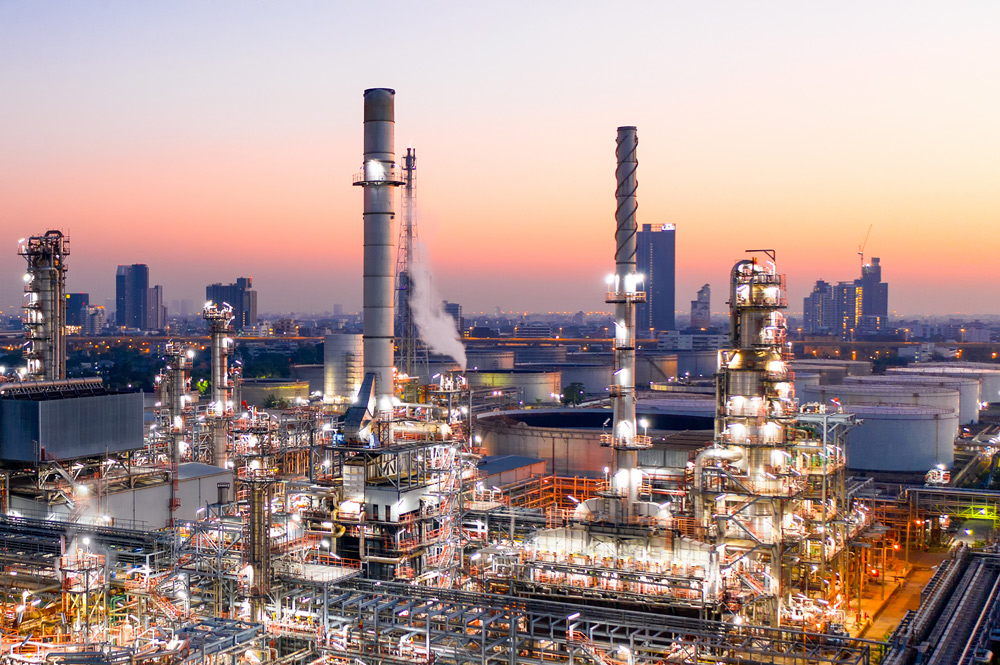China and its neighboring Asian countries are exhibiting different crude demand profiles just a few months after the first cases of coronavirus
Implied crude demand in China has almost fully recovered while the rest of Asia has now taken a hit in refinery throughputs. Kayrros satellite monitoring reveals that China crude oil inventories plateaued in the past three weeks, while other countries in Asia began to build at a sustained rate of 1.5 MMb/d over the same period driven by India, South Korea and Japan.
The current oil glut has also materialized in floating storage. More than 50 MMb of crude oil is currently stored in Singapore & Strait of Malacca.
In the current, devastatingly low price environment — especially WTI May-20 contracts trading at negative prices on April 20 — crude builds in China could resume in the short term as the country could hold close to 150 MMb more the largest spare storage capacity in the world.
China crude inventories plateaued in April
After significant builds in onshore inventories in February and March, Kayrros satellite monitoring reveals that Chinese inventories have drawn slightly in April. Sustained waterborne imports continued to push Chinese crude implied demand higher. Implied demand, a proxy for refinery runs, increased by 3.3 MMb/d compared to early-March lows, and has now recovered to levels before the virus outbreak.
The abrupt halt in inventory builds in April was measured through all of China’s regions except for two provinces: North East China and East China registered a build and draw, respectively.
China likely to resume crude builds amid this low price environment
In today’s price environment, opportunistic crude purchases to fill storage tanks could well be seen in the short term.
APAC countries extended onshore and offshore builds amid refinery run cuts
Among all APAC countries, India, Japan and South Korea led a majority of the builds. Since the country’s lockdown was announced on March 21, India’s inventories grew by 13 MMb to reach record high values on April 19. Spare capacity in the country has shrunk to 23 MMb.
Overall implied crude demand in India has declined 1.3 MMb/d since March 21, and has continued to plummet during the past week, as visible in Figure 5. The decline follows the trend seen in China during the lockdown.
According to press reports, most Indian refineries have cut runs: Indian Oil Corp. (IOC) has reduced throughput by half at its nine refineries, Chennai Petroleum Corporation Ltd. has reduced the run rate at its Manali refinery to 30% and Hindustan Petroleum Corp. has cut throughput at its Mumbai refinery by 10%.
The actual crude demand from refineries could be lower as India has announced a plan to fill their underground SPR facilities by the third week of May. SPR caverns are divided into three sites in the southern part of the country and have a total capacity of 37 MMb.
Japan’s inventories increased by 12 MMb in the past three weeks, with the majority of its builds located in the JXTG Kirre terminal. Over the same period, South Korea’s storage grew by 7.4 MMb, driven by Ulsan (SK Energy refinery and S-Oil Onsan refinery) and Daesan tank farms.
At least two refineries were reported to have decreased runs: Hyundai Oilbank lowered its crude run rate to 90% and SK Energy Ulsan refinery reduced crude run rate to 85%.
In line with a decline in APAC ex-China crude demand and a steep contango (Brent M1-M6 settling below -$10/b on April 20), offshore inventories in Singapore & Strait of Malacca, the major floating storage hub in Asia, have also risen and have reached the highest level since June 2017.

